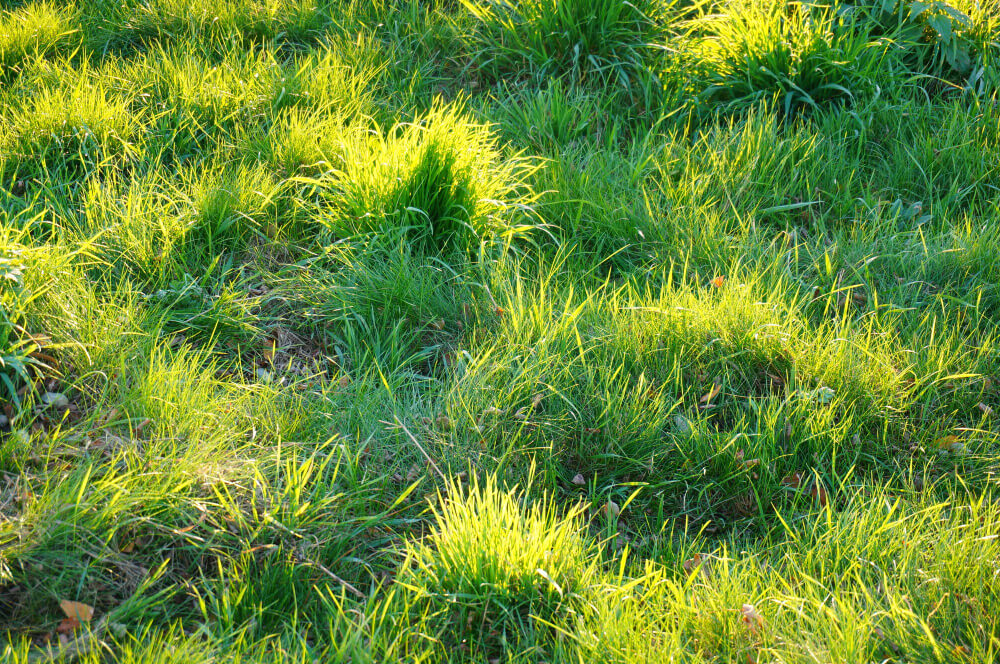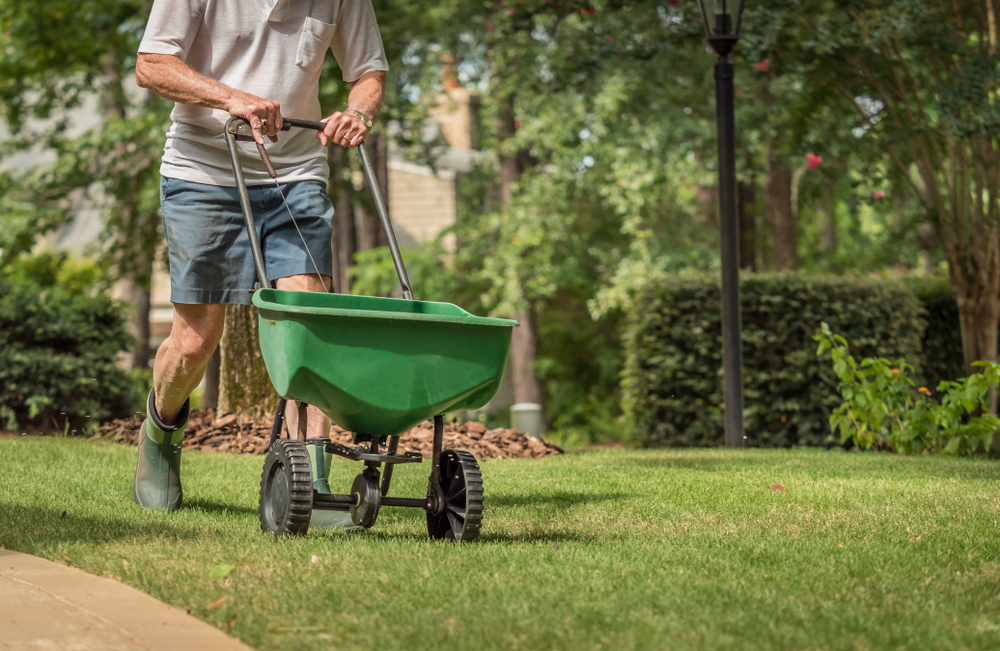Common Reasons for Thin Grass and How to Handle Them in Sioux City
June 1, 2023
Category, Lawn Care

You work extra hard to keep your lawn looking lush and green. That’s why it can be disheartening to see it start thinning from nowhere. Clearly, that’s not normal. Something is causing your grass to become thin. Knowing what is causing the problem and treating it is the best way to restore your lawn’s fullness. Once you’ve fixed the cause, you can focus on restoring your lawn’s fullness by laying sod or overseeding.
At Sioux Land Sod, we offer the highest–quality sod for residential and commercial applications. Our friendly team of sod landscapers grows, installs, and maintains the fescue sod for local families and businesses. So, what could be causing your lawn to thin? Here are a few common reasons.
Lack of fertilizer
Your grass depends on fertilizer to thrive, fill in and thicken. If your lawn requires more food than you currently do, areas with thin grass could spread. Start going back to a regular lawn fertilizing routine. Start with fertilizers that are designed to repair an entire lawn. Most of them feature seeds to fill in the present gaps and promote the growth of new healthy grass, improve the soil, and keep the grassroots strong.
Hard or compacted soil
Your lawn could be experiencing a hard time dealing with the rough treatment and tumble activity from your kids and pets. The result is compacted soil. That means your soil will have difficulty absorbing water, oxygen, and other nutrients, leading to grass thinning. The best way to fix this is to aerate the lawn with small holes to let in air, water, and nutrients. Find a good foundation soil improver that will help reduce soil compaction and promote water retention. Consider aerating cool-season grasses around spring or fall and warm-season grasses in the late spring.
Too much shade
If your soil is not shade tolerant, the shade from your growing trees could be the culprit. Some grasses don’t enjoy getting shaded out, which leads to thin patches. If this is the case for your grass, consider replacing it with a more shade-tolerant option or reseed, but be sure to prune or thin out the canopy to allow light to reach the grass.
Disease or insect issues
Fungal and grubs diseases can cause absolute havoc to your lawn. For instance, grubs eat grass roots, causing bald or thin spots on your lawn. Ensure you get the right fungicides to prevent grubs from destroying your grass. Fungal issues also require high-quality fungicides that you apply for four weeks.
Mowing or watering issues
Not mowing or watering correctly can take a severe toll on your lawn. If the mower blade is not sharp, it will stress the grass and even cut it unevenly. Don’t mow too low, as you will be inviting all sorts of pests, weeds, and diseases. Lack of proper watering can also stress the grass. Aim to water your lawn for at least 10 or 15 minutes every day, depending on the conditions.
Get Help From Lawn Experts – Jay-Lan Lawn Care
Jay-Lan Lawn Care can help you eliminate thinning and promote healthy grass. We have the tools, resources, and experience to care for and maintain your grass.
Learn more about our sod installation process and request a FREE estimate!


